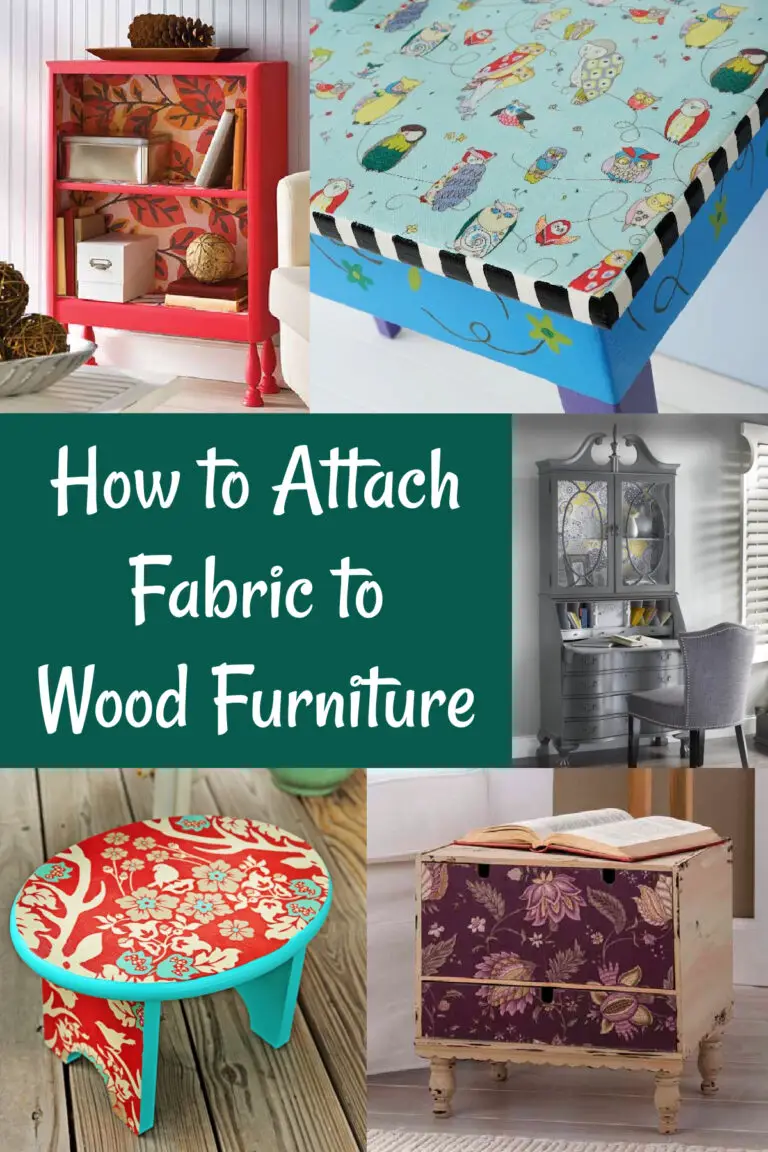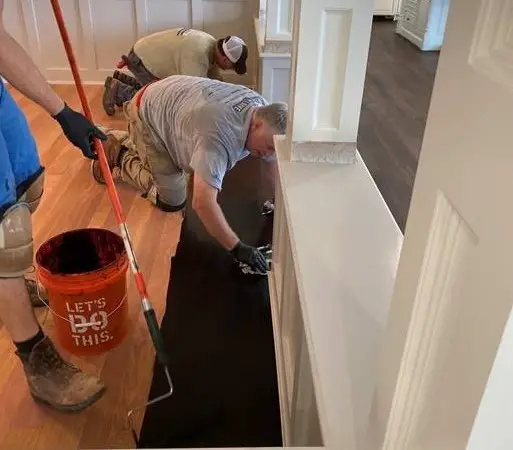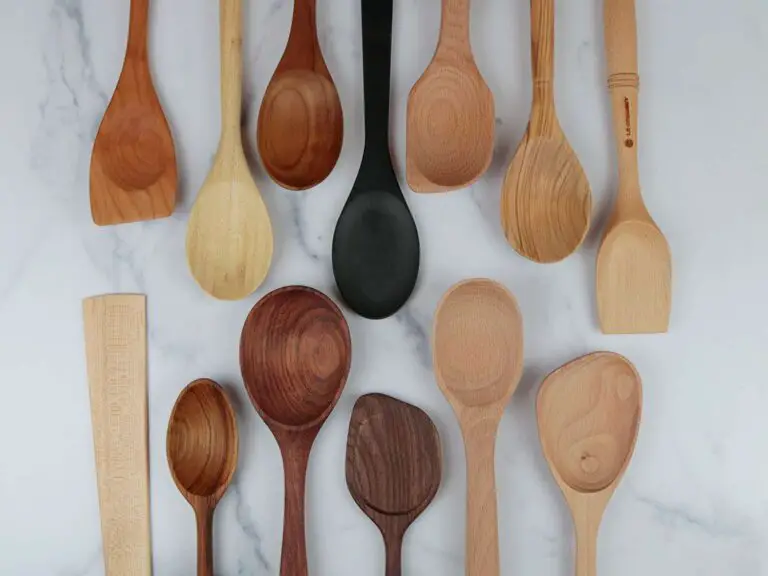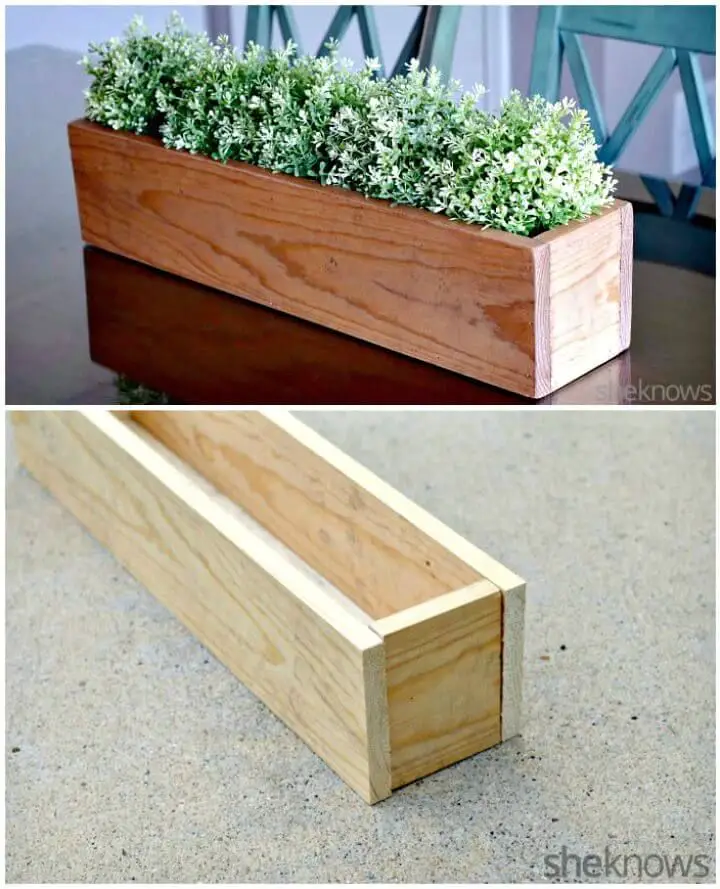How to Clean Bamboo Wood Floors
Bamboo floors are becoming increasingly popular because of their beauty and durability. Bamboo is a grass, not a wood, so it is actually more resistant to moisture and wear than many types of hardwood floors. However, bamboo floors still need to be cleaned and maintained properly in order to keep them looking their best.
Here are some tips on how to clean bamboo wood floors:
1. Sweep or vacuum the floor regularly to remove dirt and dust.
2. Mop the floor with a gentle cleanser or just plain water.
Avoid using harsh chemicals or scrubbing too hard, as this can damage the bamboo.
3. If there are any spills or stains, blot them up immediately with a clean cloth. Do not rub, as this will only spread the stain.
4. Periodically check for scratches or other damage and repair as necessary.
- Vacuum your bamboo floor to remove any dirt, dust, or debris that may be on the surface
- Mix a solution of mild dish soap and warm water, and mop your floor with this mixture
- Be sure to rinse away any soapy residue afterwards
- If you have any stubborn stains, you can try scrubbing them with a soft-bristled brush dipped in white vinegar
- Once every few months, you can give your bamboo floor a deeper clean by renting a buffer from a local hardware store and buffing the surface with a lightly abrasive pad
How to Restore Bamboo Floors
Bamboo floors are a popular choice for many homeowners because of their beauty and durability. However, like any flooring material, bamboo floors can become damaged over time. When this happens, it is important to know how to properly restore them so they continue to look their best.
There are three main types of bamboo flooring: solid, engineered, and strand-woven. Solid bamboo floors are made from 100% solid bamboo planks while engineered bamboo floors have a core of plywood or HDF with a layer of bamboo on top. Strand-woven bamboo floors are the strongest type of bamboo flooring since they are made by compressing strands of bamboo together with adhesive.
No matter what type of bamboo floor you have, the restoration process is similar. First, you will need to sand down the surface of the floor in order to remove any existing damage and prepare it for refinishing. Be sure to use a sandpaper grit that is appropriate for your type of flooring; if you are unsure, consult a professional.
Once the surface is sanded smooth, you can then apply a new finish. For best results, use a water-based polyurethane finish; this will protect your floors from future damage while still allowing them to retain their natural beauty. Apply several coats according to the manufacturers directions and allow each coat to dry completely before applying the next one.
With proper care and maintenance, your restored bamboo floors should last for many years to come!
How to Clean Dark Bamboo Floors
If you have dark bamboo floors, you know they add a touch of elegance to any room. But what you may not know is that dark bamboo floors require special care when it comes to cleaning. Here are some tips on how to clean dark bamboo floors the right way:
1. Vacuum regularly. Dark bamboo floors can show dirt and dust more easily than lighter colored floors, so it’s important to vacuum regularly. Use a soft brush attachment on your vacuum cleaner to avoid scratching the floor.
2. Sweep or dry mop weekly. In addition to vacuuming, sweep or dry mop your dark bamboo floors at least once a week. This will help remove any dirt or dust that’s been missed by the vacuum cleaner.
3. Spot clean spills immediately. As with any type of flooring, it’s important to spot clean spills on dark bamboo floors as soon as they happen. Use a damp cloth or sponge to blot up the spill, then follow up with a mild soap and water solution if necessary.
Be sure to rinse the floor well after cleaning it with soap and water since residual soap can leave streaks or residue behind.
4Use furniture pads beneath furniture legs . One way to prevent scratches on dark bamboo floors is by using furniture pads under all furniture legs (including chairs, tables, sofas, etc.).
How to Clean Bamboo Floors Without Streaks
Bamboo floors are a beautiful and durable option for your home. However, they can be difficult to clean without leaving streaks. Here are some tips on how to clean your bamboo floors without leaving streaks:
1. Sweep or vacuum your floor regularly to remove dirt and debris.
2. When it comes time to clean, use a damp mop or cloth. Avoid using too much water, as this can damage the bamboo.
3. Use a cleaner specifically designed for bamboo floors. Be sure to follow the directions on the bottle.
4. Wipe up any spills immediately with a damp cloth.
How to Clean Bamboo Floors Naturally
Bamboo floors are becoming increasingly popular in homes and businesses due to their beauty, durability, and eco-friendly nature. Bamboo is a sustainable resource that regenerates quickly, making it a great choice for those looking to reduce their impact on the environment. Unlike hardwood floors, bamboo is not susceptible to scratches and dents, making it ideal for high traffic areas.
Bamboo floors are easy to clean and maintain with a few simple steps.
Sweeping or vacuuming regularly is the best way to remove dirt and debris from your bamboo floor. A soft broom or vacuum attachment will prevent scratching.
For tougher dirt and stains, you can make your own natural cleaning solution with vinegar and water. Simply mix 1/2 cup vinegar with 1 gallon of warm water and mop as usual. Be sure to rinse well afterwards so that no residue is left behind.
You can also purchase commercial cleaners specifically designed for bamboo floors. Follow the manufacturer’s instructions carefully when using any cleaner on your floor.
With proper care, your bamboo floor will last for many years to come.
How to Clean Stranded Bamboo Floors
Bamboo floors are a beautiful and durable option for your home. But, like any flooring, they require some care and maintenance to keep them looking their best. Here are some tips on how to clean stranded bamboo floors:
1. Dust mop or vacuum regularly. This will help remove dirt and debris that can build up on the surface of the bamboo.
2. Use a mild soap and water solution to clean the floor as needed.
Avoid using harsh cleaners or scrubbing pads, as these can damage the bamboo.
3. Dry the floor completely after cleaning to prevent water spots from forming.
4. Periodically wax or polish the floor to protect it from wear and tear.
/how-to-clean-bamboo-flooring-1314825-04-db6e64c16c3b47689d628d0f43a7c787.jpg)
Credit: www.thespruce.com
What is Best Cleaner for Bamboo Floors?
Bamboo floors are a beautiful and durable option for your home. But like all flooring, they require regular cleaning and maintenance to keep them looking their best. So what is the best cleaner for bamboo floors?
The first step in answering this question is to identify what type of bamboo floor you have. There are two main types of bamboo floors: strand-woven and engineered. Strand-woven bamboo floors are made from strips of bamboo that are woven together, while engineered bamboo floors have a layer of bamboo over a plywood or particle board base.
Each type of bamboo flooring has its own specific cleaning requirements. For example, strand-woven bamboo floors are more resistant to water damage than engineered floors, so they can be cleaned with slightly damp mops. However, both types of floors should be swept or vacuumed regularly to remove dirt and dust build-up.
When it comes time to clean your bamboo floor, always start by using the gentlest method possible. A good rule of thumb is to treat your floor as you would any other wood surface in your home. That means avoiding harsh chemicals and abrasive scrubbing pads that can damage the finish.
Instead, opt for mild cleaners specifically designed for wood floors (you can find these at most hardware stores).
If your floor is particularly dirty or stained, you may need to use a little more elbow grease (or rent a power washer). Just be sure not to oversaturate the area with water – too much moisture can cause warping and cupping in both types of bamboo flooring.
How Do I Get My Bamboo Floors to Shine Again?
Bamboo floors are a beautiful, natural flooring option that add a touch of elegance to any home. Over time, however, bamboo floors can lose their shine and become dull. If your bamboo floors are in need of a little TLC, follow these tips to get them looking shiny and new again:
1. Dust regularly. One of the best ways to keep bamboo floors looking shiny is to dust them regularly with a soft cloth or microfiber mop. This will remove any dirt or debris that has built up on the surface of the floor and prevent it from dulling the finish.
2. Use the right cleaner. When cleaning bamboo floors, be sure to use a gentle cleanser that is designed specifically for hardwood floors. Harsh cleaners can damage the finish on bamboo floors and make them more prone to scratches and scuffs.
3. Polish monthly. In addition to regular dusting and cleaning, you should also polish your bamboo floors once per month using a high-quality hardwood floor polish . This will help protect the finish from wear and tear and keep your floors looking shiny for years to come!
How Do You Clean Dirty Bamboo Floors?
Bamboo floors are a beautiful and popular choice for many homeowners. But like any type of flooring, they require regular care and cleaning to keep them looking their best. Here are some tips on how to clean dirty bamboo floors:
1. sweeping – The first step in cleaning bamboo floors is to sweep them with a soft-bristled broom or vacuum cleaner with a soft brush attachment. This will remove any dirt, dust or debris that has accumulated on the surface.
2. mopping – Once you’ve swept the floor, it’s time to mop it with a gentle cleanser.
You can either use a store-bought solution or make your own by mixing 1/4 cup of white vinegar with 1 gallon of warm water. Be sure to wring out the mop well so that it’s not too wet, as this could damage the bamboo flooring.
3. spot cleaning – For tougher stains, you may need to do some spot cleaning.
Make a paste out of baking soda and water and apply it to the stain using a damp cloth. Let it sit for 10 minutes before wiping it away with a clean cloth dipped in plain water. You can also try using hydrogen peroxide for tougher stains (test it on an inconspicuous area first to be sure it won’t damage the finish).
4. drying – After you’ve finished mopping and spot cleaning, be sure to dry the floor completely with a clean towel or mop head.
Can You Wet Mop a Bamboo Floor?
Bamboo floors are a popular choice for many homeowners because of their beauty and durability. Although bamboo is a hardwood, it is actually softer than some other types of wood floors. Bamboo is also more porous than other woods, so it can be damaged by water if not properly cared for.
When it comes to cleaning bamboo floors, you should always avoid getting them wet. Water can damage the flooring by causing the boards to swell and warp. Instead, dust mop or sweep your bamboo floor on a regular basis to remove dirt and debris.
If you need to clean up a spills, use a dry cloth or paper towel to blot up the liquid. Never use cleaners that contain waxes or oils on your bamboo floor, as these products can leave behind a slippery residue that increases the risk of accidents.
How to Clean a Bamboo Floor : Home Cleaning Forever
Conclusion
Bamboo wood floors are becoming increasingly popular in homes and businesses due to their beauty, durability, and eco-friendly properties. Although bamboo is a grass, it is as hard as many types of wood, making it an ideal material for flooring. Bamboo floors are easy to clean and maintain with regular sweeping and mopping.
However, when dirt and spills build up, a more thorough cleaning is necessary.
To clean your bamboo floors, start by sweeping or vacuuming them to remove any surface dirt and debris. Then, mop the floors using a mild soap or detergent and water.
If there are any stubborn stains, you can scrub them with a soft brush or cloth dipped in soapy water. Once the floors are clean, dry them completely with a towel or mop to prevent water damage.




